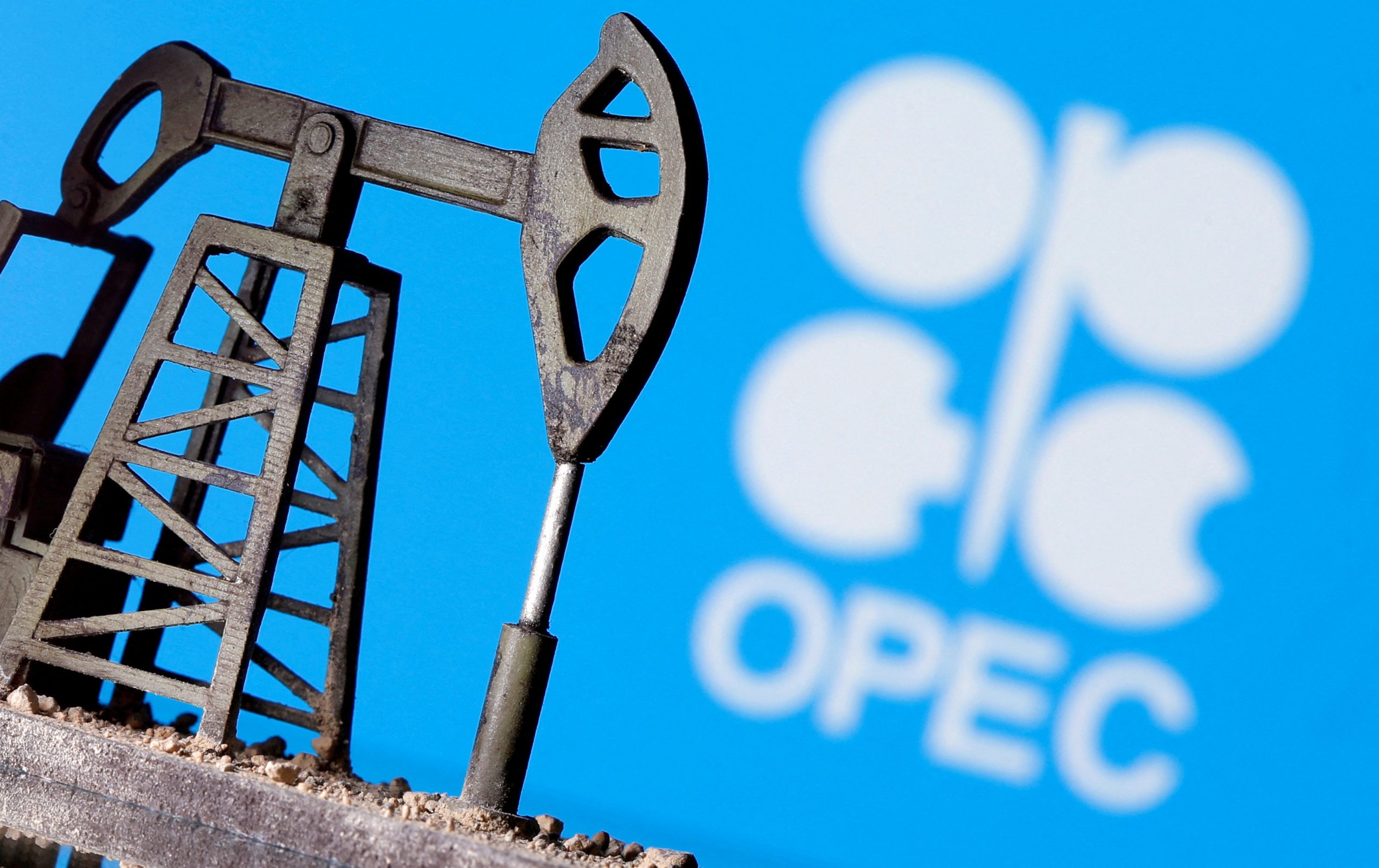OPEC+ Maintains Oil Output Policy Amid Global Tensions
OPEC+ has reaffirmed its strategy to gradually increase oil production starting from April 2025. This decision comes amid ongoing geopolitical tensions and fluctuating oil prices. The group has also opted to replace the U.S. Energy Information Administration (EIA) with new firms for monitoring its production metrics.
About OPEC+
- OPEC+ consists of 22 oil-exporting nations, including the original 12 OPEC members and several non-OPEC countries.
- Its primary objective is to regulate oil production to ensure market stability.
- The group originated in late 2016 to encourage collaboration between OPEC and non-OPEC producers.
Recent Decisions
- During a recent online meeting, OPEC+ ministers decided to maintain their output increase plan.
- The group will unwind a previous cut of 2.2 million barrels per day (bpd) starting in April, with an initial monthly rise of 138,000 bpd.
- This decision reflects ongoing concerns about weak demand and rising supply from non-member countries.
Changes in Monitoring Sources
OPEC+ has removed the EIA from its list of secondary sources used to monitor production. New firms Kpler, OilX, and ESAI will replace it. This shift is attributed to communication issues rather than political motivations. The change aims to enhance the accuracy of production assessments.
Geopolitical Context
The backdrop of this decision includes the impact of U.S. sanctions on Russian oil supplies and the influence of President Donald Trump. Trump has previously urged OPEC to increase production to lower oil prices, which he claims benefits Russia amid its ongoing conflict in Ukraine.
Current Market Dynamics
Oil prices have experienced volatility, reaching $83 per barrel in January before falling below $77. This fluctuation is influenced by concerns over supply disruptions due to tariffs imposed by the U.S. on key trading partners. These tariffs have contributed to market uncertainty and affected oil price stability.
OPEC’s Historical Context
OPEC was established in 1960 by five founding members – Iran, Iraq, Kuwait, Saudi Arabia, and Venezuela. The organisation has since expanded to include additional members. Its headquarters is located in Vienna, Austria. OPEC’s formation aimed to coordinate policies among oil-exporting nations to secure fair prices and stable supply.
About Brent Oil
Brent oil is benchmark for global oil prices. It is characterised as a light, sweet crude oil extracted from North Sea fields. Its low density and sulphur content make it easier to refine into products like gasoline. The water-borne nature of Brent oil facilitates its transportation to international markets.
Month: Current Affairs - February, 2025
Category: Economy & Banking Current Affairs







